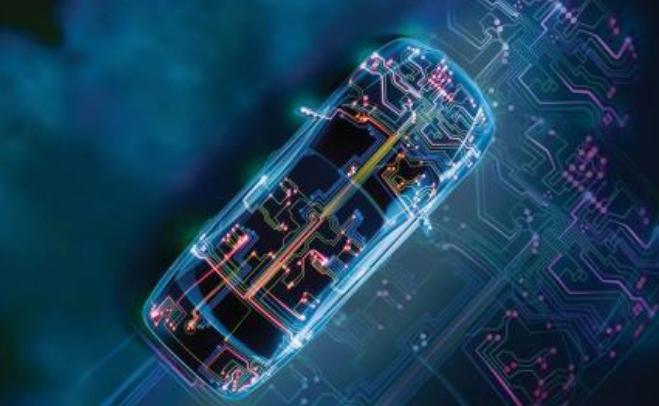The Legislative Outline of Autonomous Vehicles
The autonomous vehicle is a new thing. At first, there is no policy to regulate it. It is important to make legal and policy innovation. Some countries have recognized the legal status of self-driving systems. This includes the governments of the United States, Germany and other countries. They have standardized the road tests of self-driving cars. They have allowed people to apply them to the shipping field. As the U.S. Secretary of Shipment said, "We are trying to reduce the regulations. They have hindered the development of self-driving technology. We are not clear about the situation of self-driving technology. We hope to cooperate with the industry. There We should ensure one thing. The policies formulated will not hinder high-tech progress."
Groups advocating consumer and car safety in the United States released a legislative outline. It is on November 30. This is for self-driving cars. It urges the federal legislature to use the framework as a guide. This is to ensure public safety. It puts safety, fairness, approach ability and duration first. There are many groups that make up this diversified alliance. It includes the Road and Car Safety Advocacy. It includes the Center for the Rights of Persons with Disorders. This includes U.S. Shipment, Consumer Reports and other stakeholders.

In this legislative outline of self-driving cars, the alliance emphasizes a set of principles. It includes:
1. Autonomous vehicles must "comply with complete and strict federal standards". The vehicles should be at all levels. This is to solve known and foreseeable safety problems.
2. Ensure to provide safety and performance data. This is to major stakeholders.
3. Ensure that all people can obtain barrier-free services. This is for the elderly and the disabled in particular.
4. Safeguard the rights of consumers and workers.
5. Let the federal government manage the performance of these vehicles. But leave the operation management right to the states. This is to ensure local control of the vehicles.
6. Provide guidance to the U.S. Department of Shipment. They should study one thing. That is how self-driving cars will affect the shipping system and environment.
The principle said that the U.S. Department of Shipment and NHTSA will carry out other actions. For example, they have issued a federal safety standard. They have stipulated one thing. All vehicles must be equipped with the technologies. This is to obtain all necessary data generated. This is when self-driving vehicles are driving. Producers must provide safety and performance data. This is for testing vehicles and systems. It includes critical safety events such as collisions.

The "Road and Car Safety Advocacy Committee" consists of consumers. It includes medical and public health. It includes safety groups and insurance companies. They have long believed one thing. "Common sense safeguard measures" must be part of self-driving car legislation. This is when Congress deliberates. There are car producers and technology companies investing in self-driving technology. No one among them has supported the alliance. This is until the afternoon of November 30. The group's leaders are hoping to start a dialogue with vehicle producers.